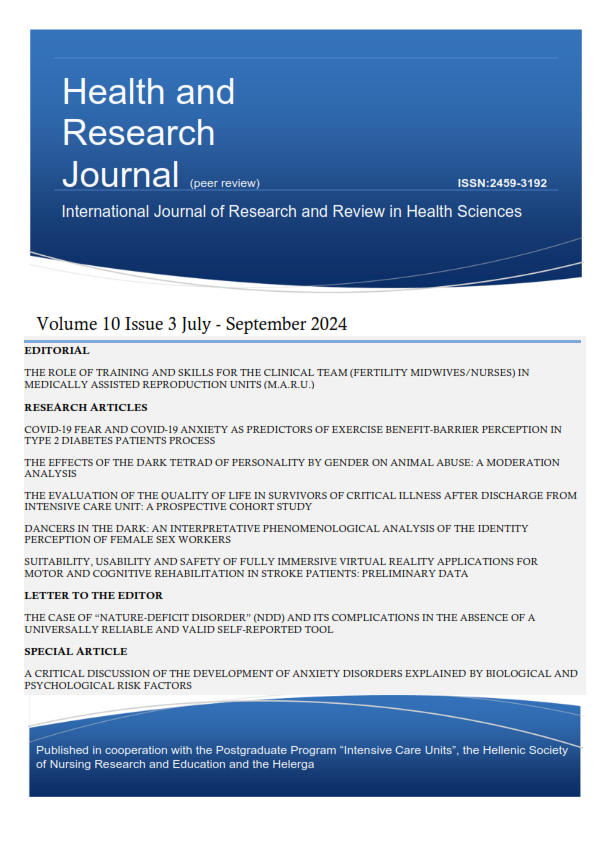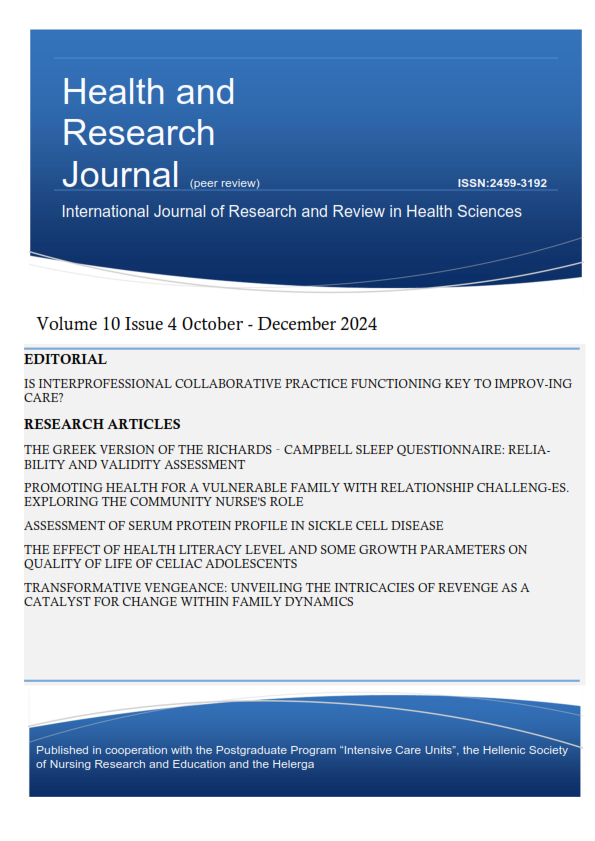A critical discussion of the development of anxiety disorders explained by biological and psychological risk factors

Abstract
The present article provides an overview of the etiology of anxiety disorders, focusing on the interplay between biological and psychological factors. Based on the global literature the prevalence of anxiety disorders affects approximately 29% of the global population. What is more, anxiety disorders can be chronic, and thus they may lead and comorbid with several mental health issues. Although genetic factors are likely to play a key role in the development of anxiety disorders, studies show that there is also an intrigued interplay between genetic and environmental factors. A specific genetic factor that has risen a great deal of attention is the serotonin-transporter-linked gene promoter region (5HTTLPR), as well as the hypothalamic-pituitary-adrenal (HPA) axis since studies discuss that the biological pathway of the stress system is also implicated in anxiety disorders. On the other hand, factors such as a stressful lifestyle and childhood maltreatment may interact negatively with genetic vulnerability to increase the risk of developing the disorders in question. For instance, parenting styles have been associated with childhood anxiety disorders in literature, including the quality of parent-child attachment, adverse and traumatic experiences. On the whole, anxiety disorders are quite complex and it is quite likely that they are influenced by a combination of biological and psychological factors. There is indeed, a clear need for further research to better understand the interplay between all factors and thus to develop effective prevention and early intervention strategies against the development of anxiety disorders.
Article Details
- How to Cite
-
Ferhati, E., Thomas, G., Louka, P., & Pilafas, G. (2024). A critical discussion of the development of anxiety disorders explained by biological and psychological risk factors. Health & Research Journal, 10(3), 209–218. https://doi.org/10.12681/healthresj.34200
- Section
- Special Articles
Copyright notice:
The journal "Health and Research Journal" reserves the rights for copyright of the content of the website and also the copyright of the articles published.
By virtue of their appearance in this journal, the articles are free to be used for non-commercial purposes. However, the articles cannot and must not be used in anyway, published elsewhere or modified without any reference to the author and the first publication of the article.



